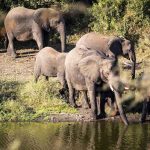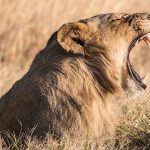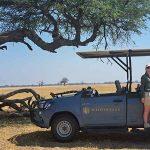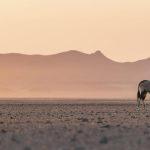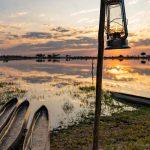Africa Photo Safari
Whether you are going on safari for the first time or the hundredth time, capturing those unique moments on camera are priceless. Whether it is a beautiful sunset photo or that once in a life-time animal sighting, taking photos on safari is a must. For those who wish for unique photographic opportunities, there are a number of camps offer some amazing extras that cannot be overlooked.
Jao Camp – Okavango Delta
The Okavango Delta is one of the most photogenic landscapes in Africa. Each year the floods from the Angolan Highlands create a vast, inland delta which supports a unique eco-system that is home to a plethora or fauna and flora.
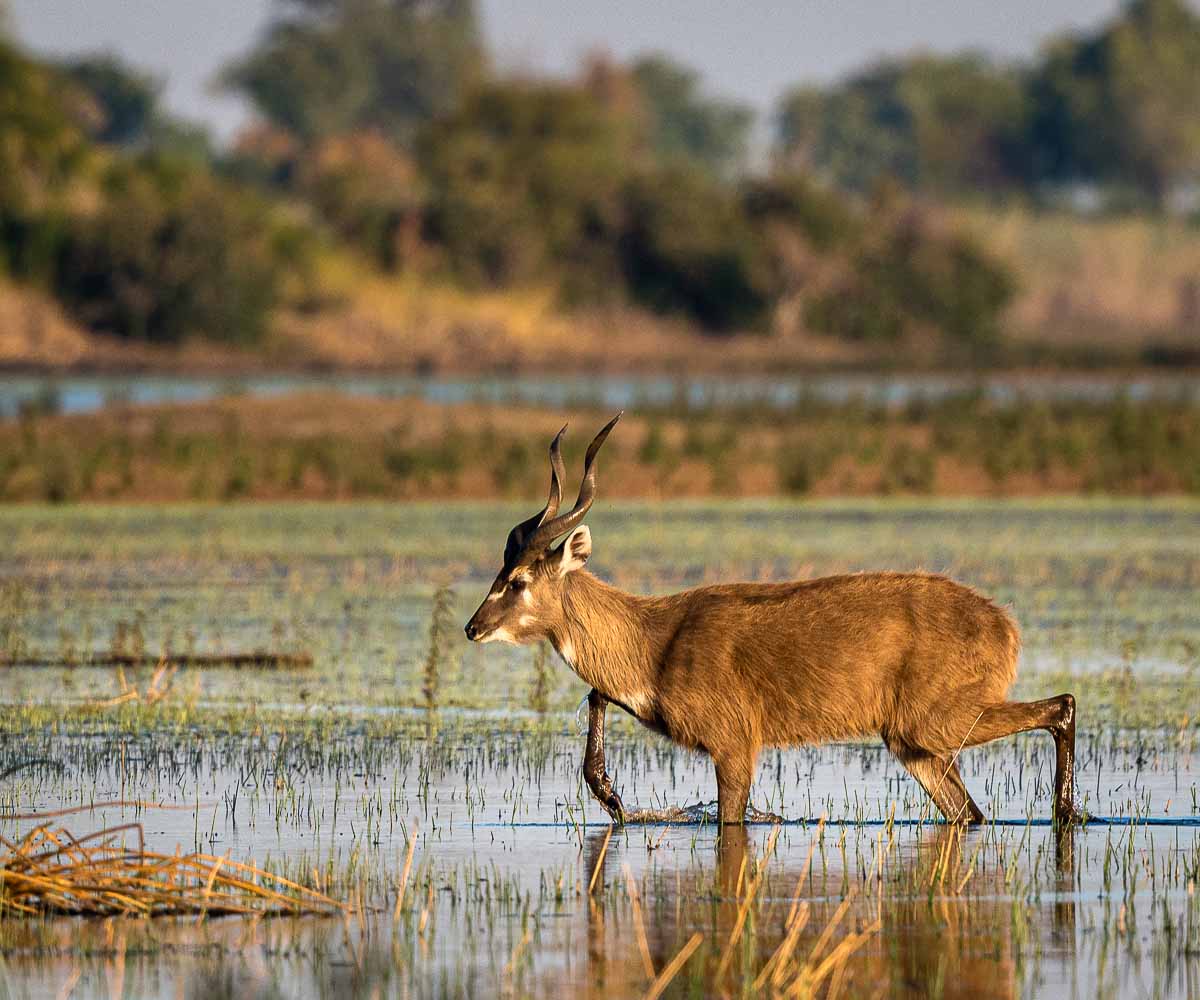
The Sitatunga – a very shy and elusive antelope. © Jao Camp
Botswana strives for a low capacity, high value tourism structure which has seen the rise of a number of first-class lodges that offer excellent game viewing as well as the highest levels of service and hospitality. One of these lodges is Jao Camp run by Wilderness safaris. Aside from being extremely luxurious and lavish, it is great for photographers.
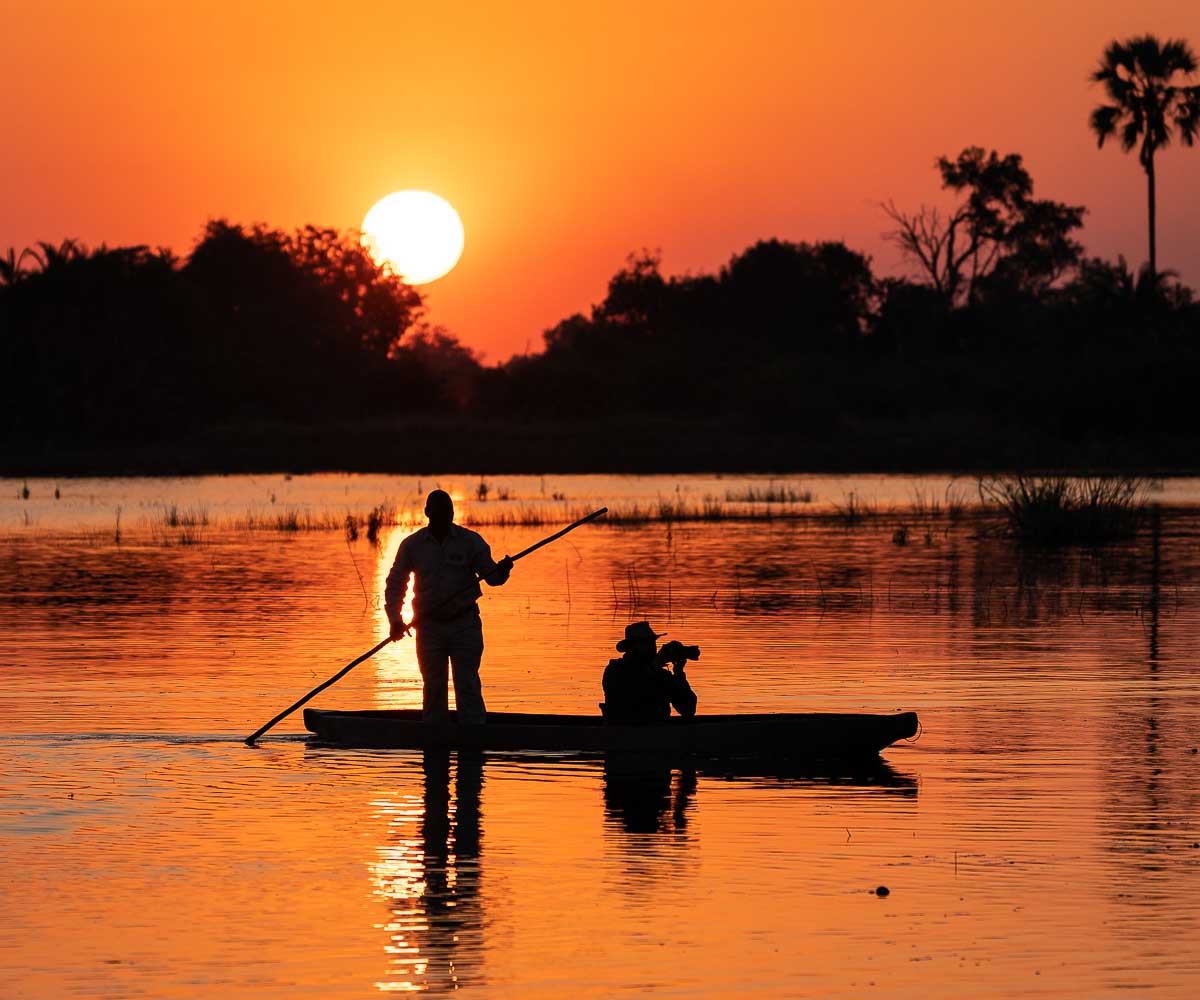
Photographic opportunities at sunset. © Jao Camp
Here you can mokoro, walk or drive which gives a huge variety for photographic opportunities, the camp also offers the opportunity to hire camera equipment. If you have forgotten a spare battery, or want to try out a new lens, Jao offers this brilliant service making it a must for photography specialists.
Kaingo – South Luangwa National Park
Whilst Botswana prides itself on glitzy and opulent lodges, Zambia offers a far more authentic safari experience. Being the home of the bush camp, Zambia’s accommodation does not find itself in the same price bracket as Botswana, but with boating, walking and vehicle safaris on offer, the variety of photographic opportunities is certainly not limited.
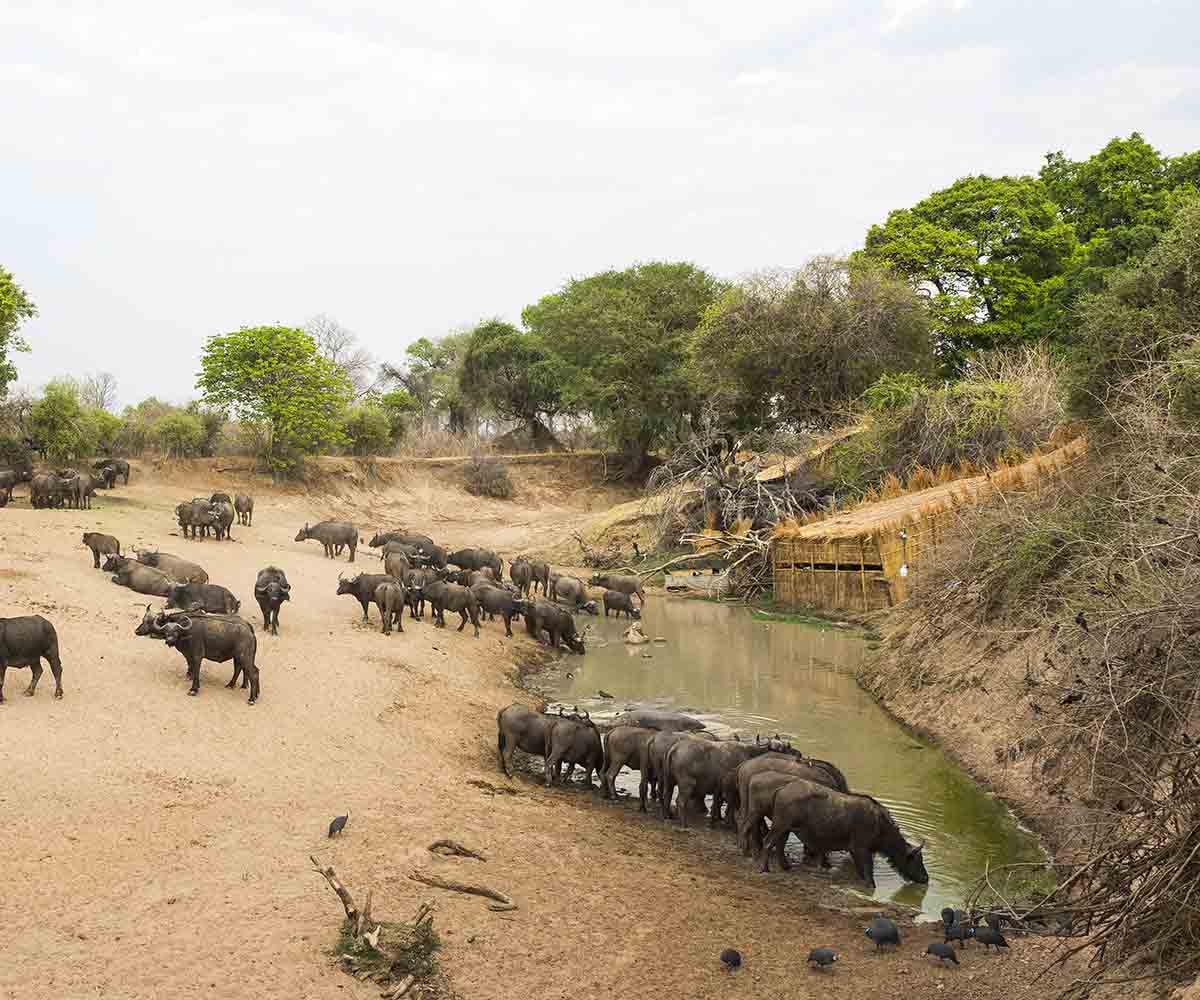
One of Shenton Safari’s Photographic Hides. © Shenton Safaris
Apart from being hailed as one of the best walking safari destinations, Zambia offers arguably the most unique photographic safari as well. Kaingo in the South Luangwa typifies this best with its different photographic hides throughout the concession. Elephant Hide and Hippo hide are exclusive for those staying at Kaingo and they offer some brilliant photographic opportunities, especially as the dry season heightens.
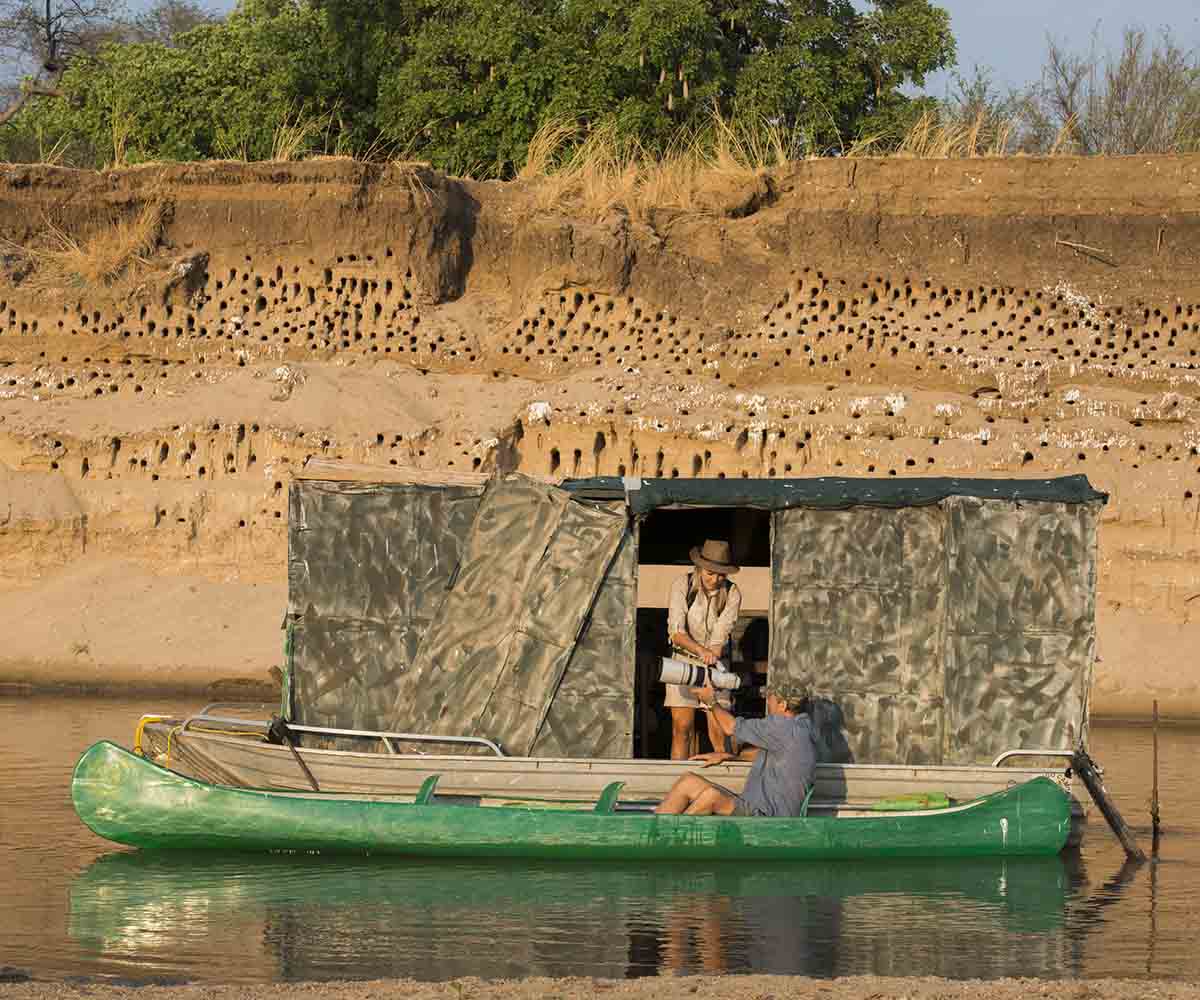
The mobile Bee-eater photographic hide. © Shenton Safaris
Yet, it is the bee-eater hide that is the most popular, and what Zambia is famous for. Only accessible for guests of Kaingo, or its sister camp Mwamba, Shenton safari’s mobile Bee-Eater hide is positioned once the carmine bee-eaters have established their nesting site along the banks of the river. The mobile hide offers the best chance for photographing the bee-eaters which arrive in late August and nest until October. It is not unusual for whole afternoons to be spent in the hide, watching the comings and goings of these beautiful migratory birds.
Londolozi – Sabi Sands
The Sabi Sands in South Africa is home to a density of big game animals that is hard to rival anywhere else in the world. With exceptionally relaxed animals, the photographic opportunities presented on each drive will leave you astounded so don’t forget that extra memory card!
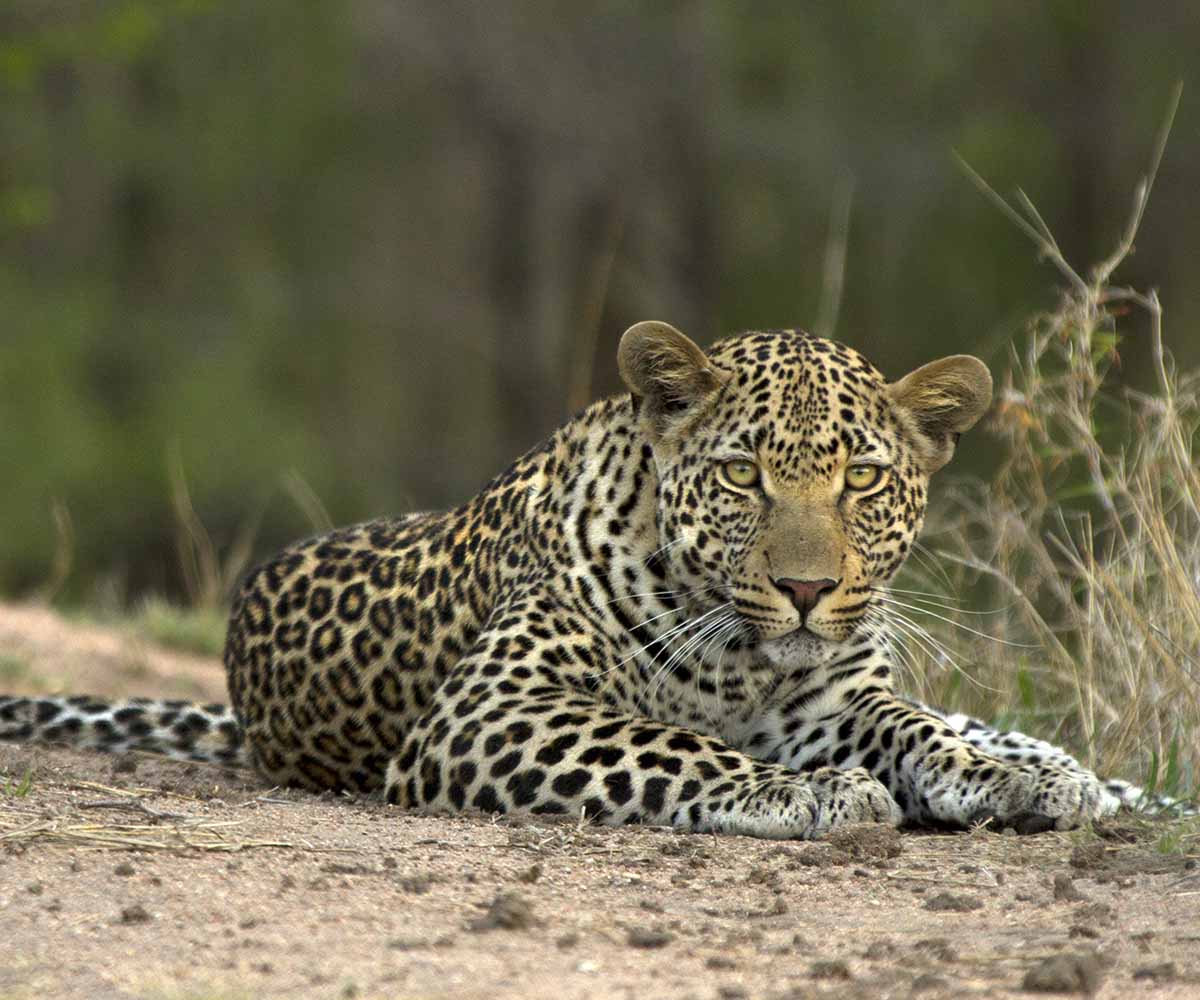
Leopard at Londolozi. © Londolozi
For viewing and photographing leopards, Londolozi is the perfect place. With five beautiful camps built along the Sand River and located in their own private concession, Londolozi will ensure an exclusive and intimate safari. Apart from the exceptional game viewing, the camp also has its own state-of-the-art photographic suite and an on-site professional photographer.
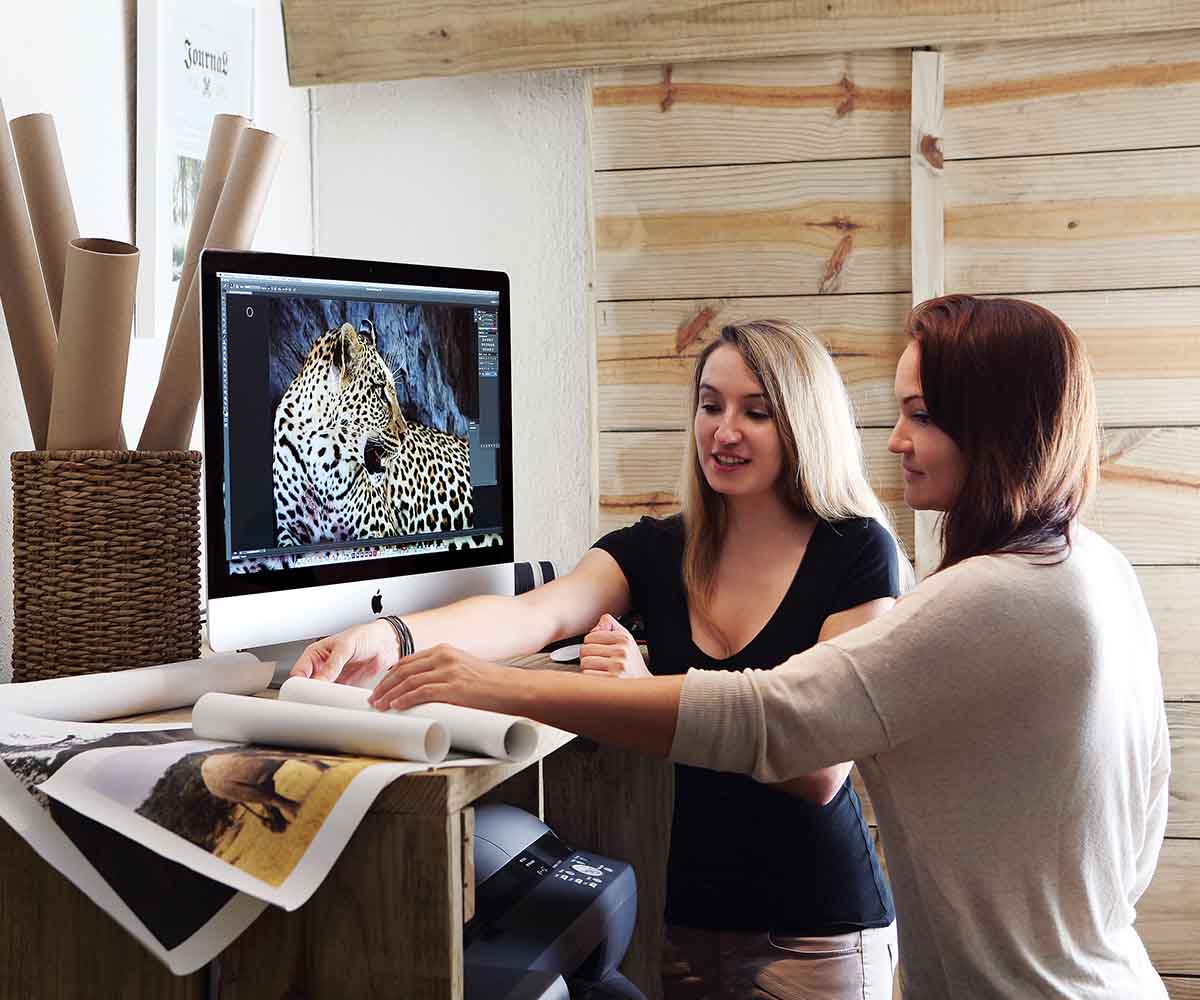
Photographic Suite at Londolzoi. © Londolozi
The suite can be used to review, edit and print the photos taken out on drive and the professional photographer can be hired to help you with your editing or to come out on game drive with you and show you how to get the best from your camera. The guides at Londolozi are also very knowledgeable about camera equipment and know how to best manoeuvre the vehicle to guarantee you get the shot you want.
Governor’s Camp – Masai Mara
The Masai Mara is a photographer’s dream. With never-ending grassy plains and an abundance of big cats, photographing wildlife in the Masai Mara is always a pleasure.
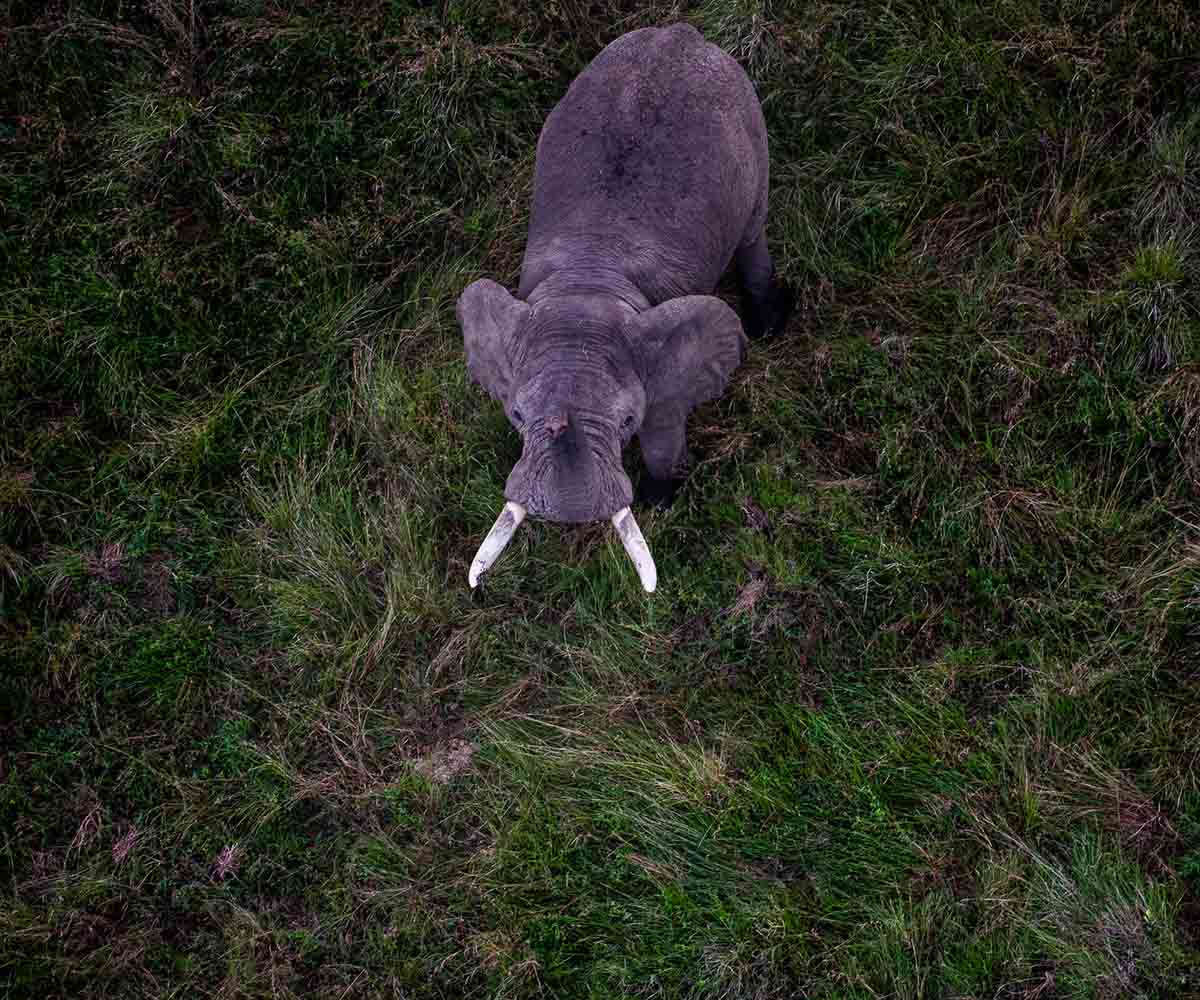
Iconic animals from the air. © Governor’s Camp
Governor’s Camp is located in the heart of the Mara and is known for its big cat sightings. It has been used as the base for BBC’s Big Cat Diary and is known as being the second ‘home’ to wildlife photographer Jonathon Scott.
Yet the Mara offers so much more than photographing from a vehicle. Hot air balloon safaris are a favourite activity in the Mara and give the opportunity to photograph some of Kenya’s most iconic landscapes and animals from the air.
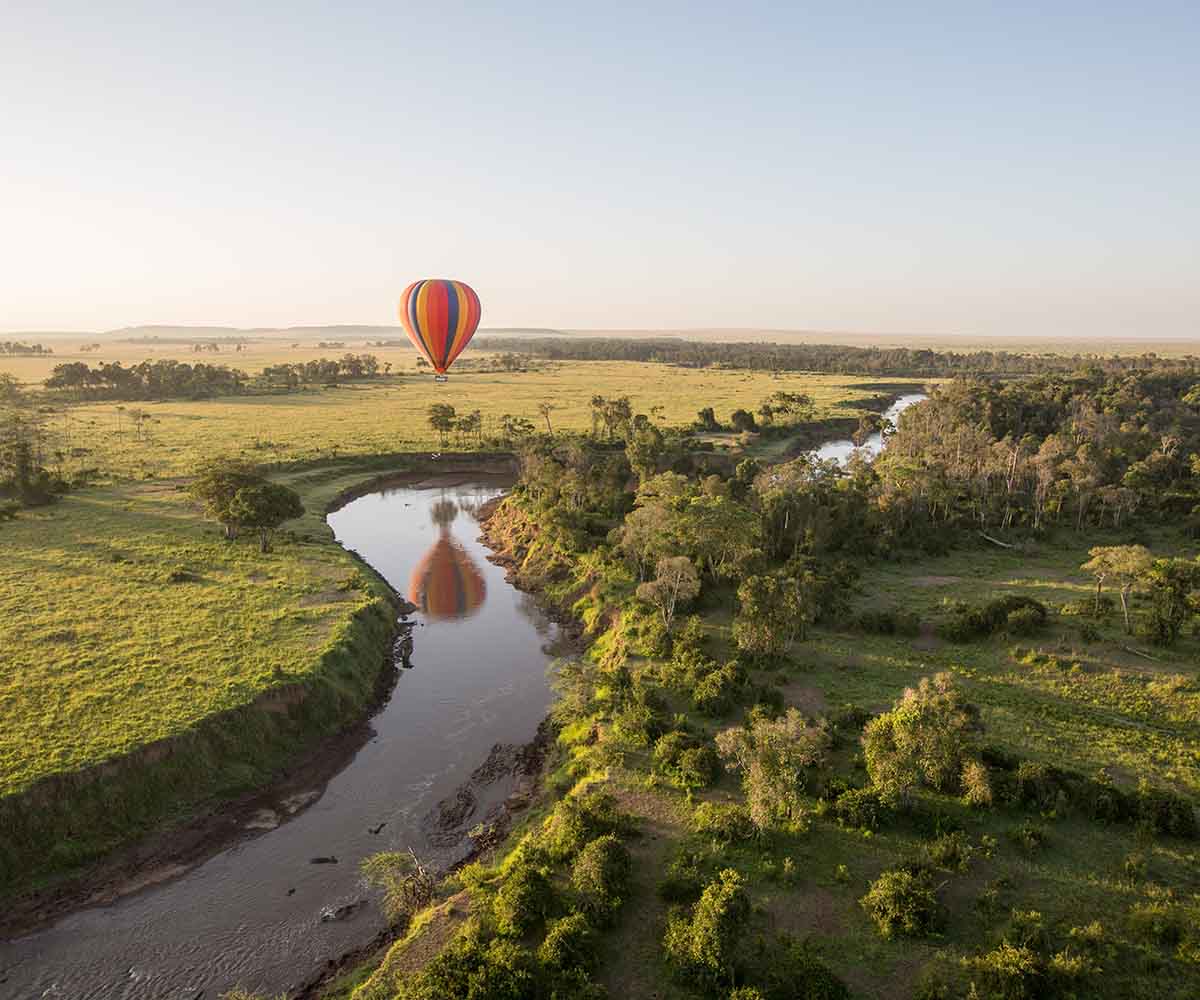
Beautiful scenery and amazing photographic opportunities from the air. © Governor’s Camp
In the right season (August through to October), photographing the spill over of the Great Wildebeest Migration is also possible. Whether you choose for a bird’s eye view from the hot air balloon of the ungulates along the grassy plains or you choose to capture the drama of a river crossing, you can be sure that the Mara will provide some awe-inspiring photographic opportunities.
For more information about what camera to take on safari, have a look at our blog post that outlines the best camera to take.

